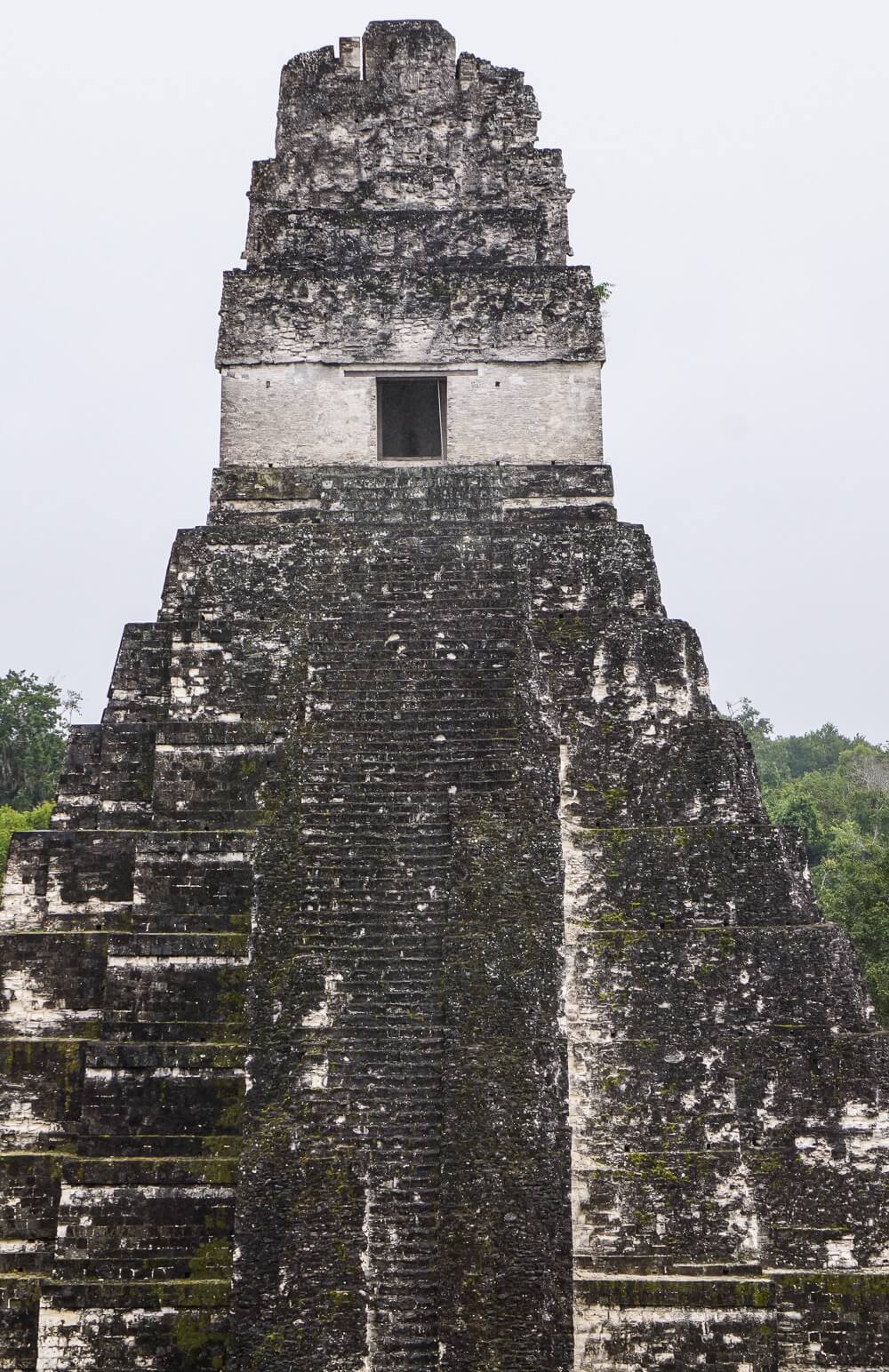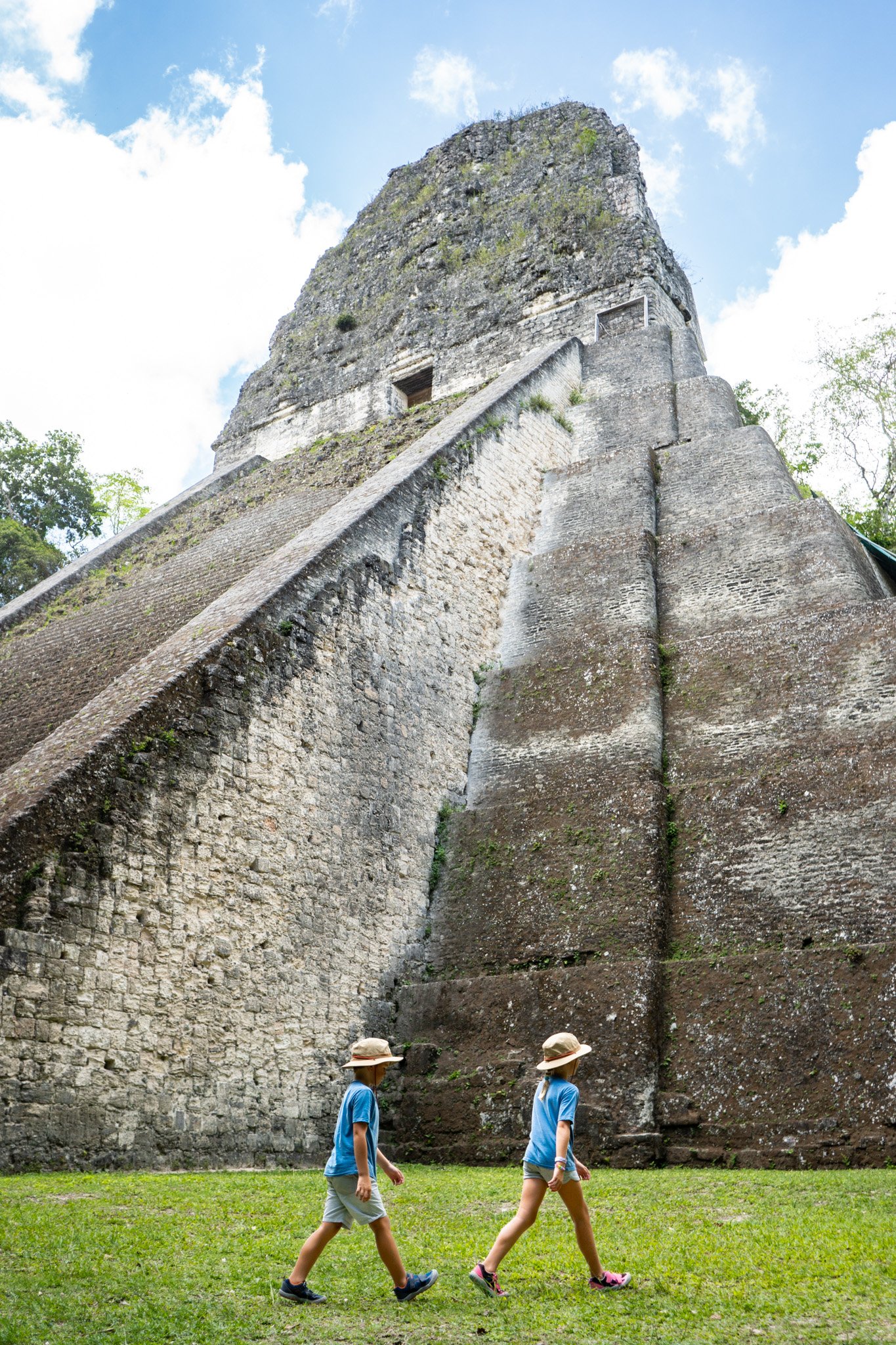Located in the heart of the ancient Maya city of Tikal, Templo 3 is a significant yet often overlooked pyramid that offers key insights into Maya architecture and funerary practices. Standing at 55 meters tall, this towering structure was built around 810 CE during the Late Classic period as a funerary monument for an unknown ruler.
Architectural Mastery and Symbolism
Despite being overshadowed by Tikal’s more famous temples, Templo 3’s roof comb remains one of its most striking features. The comb, adorned with remnants of stucco, symbolized a connection between the earthly realm and the divine, elevating the ruler’s tomb to a sacred space. This architectural element highlights the Maya’s advanced engineering and their use of symbolism in constructing ceremonial structures.

Funerary Significance
Templo 3’s primary function as a funerary monument is central to understanding its role in Maya society. The ruler buried within it would have been accompanied by offerings, including precious materials like jade and ceramics, which were intended to ensure the ruler’s journey to the afterlife. This reflects the Maya belief in the ruler’s divine nature and the importance of the afterlife in their cosmology.

Tikal’s Ceremonial Landscape
Templo 3 plays an integral role within Tikal’s Royal Complex, which housed key ceremonial structures. Its alignment with other significant buildings underscores the Maya’s sophisticated urban planning and their belief in cosmic and religious connections between the ruler and the gods.

Conclusion: An Architectural Legacy
Though less famous than other Tikal structures, Templo 3 remains a vital piece of Maya architectural and cultural history. Its intricate design, symbolic elements, and funerary function continue to reveal the depth of Maya civilization’s religious and social practices. As ongoing research uncovers more about Templo 3, it stands as a testament to the ingenuity and spiritual complexity of the ancient Maya.
